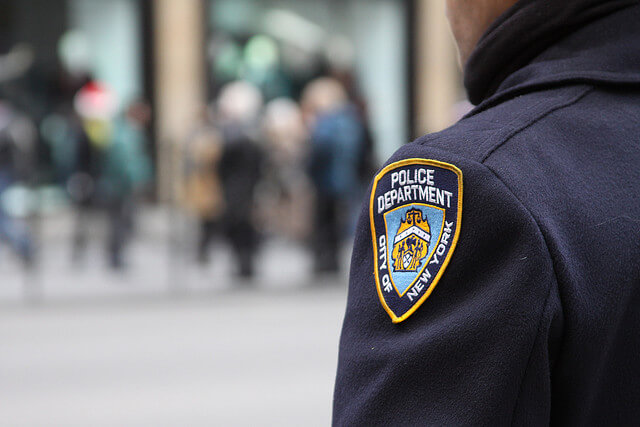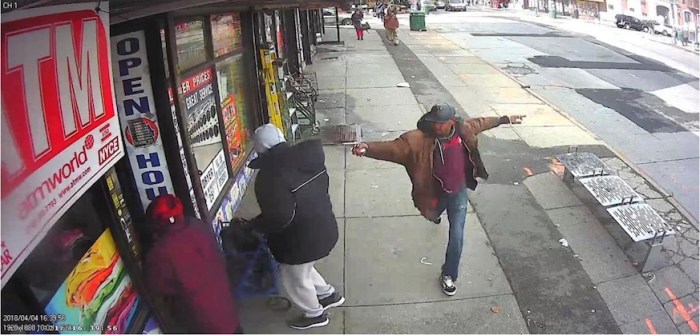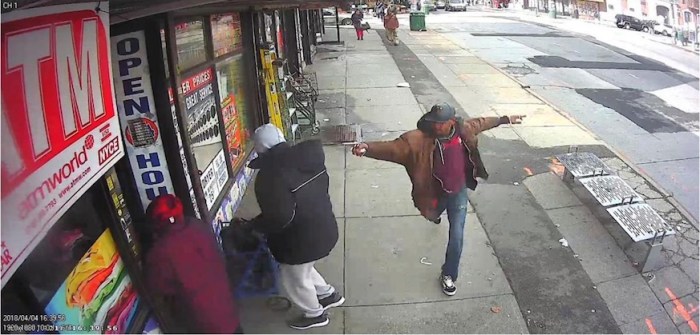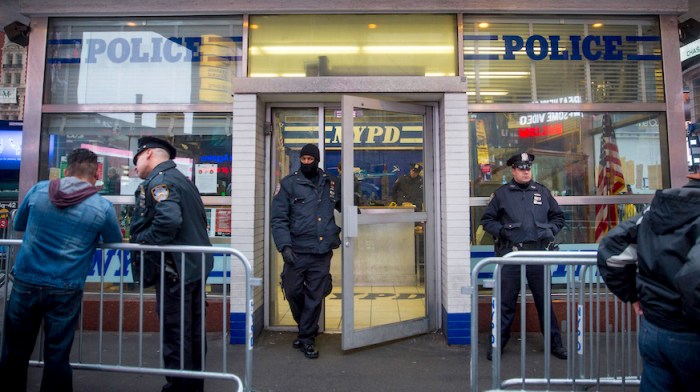Video surfaced Saturday night of the NYPD using a shrill sound cannon to disperse protestors rallying against a Staten Island grand jury’s decision not to indict Eric Garner’s killer. The cannon is known as an LRAD, or long range acoustic hailing device, which disorients and can permanently damage the eardrums of those in the vicinity. The item “provides military personnel with a powerful, penetrating warning tone that can be followed by clear voice broadcasts in host nation languages to warn and shape the behavior of potential threats,” said its website. In the video, protestors and cops cover their ears as a booming voice warns those who continue to interfere with traffic that they will be placed into custody. “There needs to be a lawful order to disperse to base the [LRAD] warning on,” said Amnesty International researcher Justin Mazzola. “You need to give people the opportunity to leave the area on their own accord before resorting to these types of tactics.” New York police have used barricades and helicopters to monitor protests in recent weeks, but the use of the LRAD may be excessive given the peaceful nature of the demonstrations.
“It’s like a really bad ringing inside your head,” said demonstrator Ashoka Jegroo, who was on the street when the NYPD used an LRAD in Midtown Manhattan. “For people experiencing it for the first time, it’s scary. You don’t know what’s happening. You don’t know if it’s going to be long-term damage to your ears.” Mazzola said that when LRADs are used at close range for an excessive length of time, they can “pose a serious health risk which can range from temporary pain and loss of balance and ear-drum rupture to permanent hearing damage.” Protests will continue every night this week, leading up to the Millions March this Saturday that currently has 34,000 expected participants. Police may again use LRADs to gain control of the growing actions, something Amnesty International is firmly against. “Resorting to such a wide dispersal-type device like an LRAD could severely impact protestors’ rights to enjoy their freedom of expression and freedom of assembly,” said Mazzola. “If the cops really wanted to make nice with the community and make nice with protestors, they’d stop using these weapons against us,” added Jegroo.
Sound policing? NYPD uses sound cannon on peaceful protestors
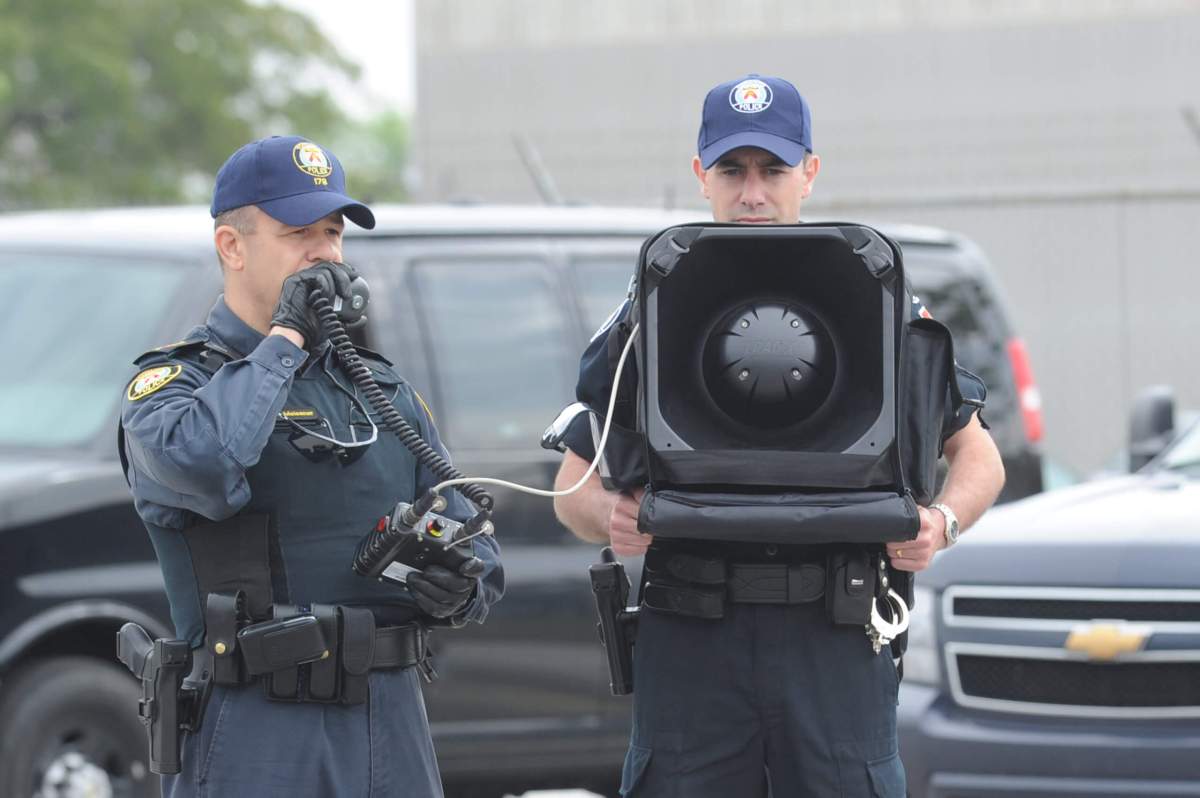
Getty Images

















